PAKAMUT – The original name of the Filipino Fighting Art that originated in MACTAN island province of Cebu, central Visayas, Philippines is a reflection of the Filipino people’s history, the philosophy and culture.
The naturally graceful, powerful, harmoniously, circular and linear movements used in the Filipino Fighting Art System. Filipino Fighting Art covers all the ranges in fighting long, medium and close quarter combat with the use of single, double stick, kampilan, baraw, pinuti. Pakamut is equally effective in unarmed combat as well.
The Philippine islands lay in the Pacific Ocean south of Asia mainland, has an area of 115,831 square miles. It consists of 7010 islands, only 154 of which have an area exceeding 5 square miles.
Most of the population is concentrated on eleven islands exceeding 1,000 square miles each. The major areas are Luzon, Visayas and Mindanao.
Visayas is in the central Philippines composed of Panay, Negros, Bohol, Samar, Leyte Siquijor and Cebu. Cebu is the birth place of Pakamut the Filipino Fighting Art. It was believed that Datu Mangal the father of Datu Lapu-Lapu brought the art of fighting to the Philippines.
Datu Mangal was one of the great kinsman of the powerful empire of ancient Malay the Sri Vhisayan Empire that conquered many lands in the 13th century.
After few centuries the empire was taken over by the Maja Pahit Empire of ancient Sumatra and Borneo. Datu Mangal together with the ten datus fled and settled in the island called Visayas.
In the early sixteenth century Spain invaded the Philippines. Ferdinand Magellan was the first famous foreigner to encounter the native Fighting Art. To Spain and the old world, Magellan was the discoverer of the new land.
To the Filipinos he was just another invader, a pirate who sought to enslave as part of the Spanish conquest. During the encounter with the local warriors lead by Datu Lapu-Lapu on the island of Mactan, Datu Lapu-lapu battled against Spain’s finest.
The native warriors armed only with fire hardened stick and bamboo lances fought the invaders. When the smoke of the epic battle cleared on April 27, 1521, Ferdinand Magellan the leader of the Spanish conquistadores was slain.
Magellan’s remaining men sailed back to Spain without their fearless leader. Half century later the Spaniards returned with more fire power the cross and more men.
Once again the Filipinos fought hard against the Spanish invaders but the invaders were well equipped and armed with more firepower.
The Spaniards were not able to conquer the people of the Philippines with the use of force, but the people were conquered with the Catholic faith that were preached by the friars.
When the Spaniards took control of the Philippines, the practice of the Art of Fighting was totally banned by the Spanish government fearful of the Filipinos exceptional skills in fighting as noted during the arrival of Miguel Lopes de Legaspi in 1565.
In order to preserve the art, the Filipinos in the rural areas still practiced the Fighting Art disguised as a dance and stage show or under the light of the full moon.
For more than 333 years of struggle the Filipinos were able to overthrow the Spanish colonization in 1898, as noted by one of the Filipino hero General Andres Bonifacio during the revolution “Go home brothers and sharpen your sticks.” The descendants of the Cebuano warriors called themselves the MAXILUMS played a major role in the successful revolt.
In 1901 during the American era the Filipino Fighting Art became the favorite among the elite as entertainment. The descendants of the warriors living in the hinterlands still practiced the art called PAKAMUT but is now widely known as Eskrima Kali Arnis. During this period of time this art can only be taught to selected people or between the clan members, fearful of rival clans.
Today the Filipino Fighting Arts has surfaced and is popularly known as Eskrima Kali Arnis. Predicted by rated martial artists as the martial art of the century.
Several famous martial artists all around the world recognize the importance of the Filipino Fighting Art as very effective, especially when incorporated into other styles of discipline.
PAKAMUT INTERNATIONAL Grand Master Felix Roiles tries to preserve the tradition and the way he was taught by the old folks back in the island. The training techniques that had been passed on by generation to generation.
The way of teaching and the techniques that had been proven by Grand Master Felix Roiles to be very effective in both Stick Fighting Sports and in actual combat.
Master Felix Roiles has more than 30 years experience in the Filipino Art of Fighting which has brought him 3 World Full Contact Stick Fighting Championships and awarded Martial Arts Master Hall of Fame.
Grand Master Felix Roiles
President/ Chief Instructor
PAKAMUT INTERNATIONAL ASSOCIATION
P.O. Box 32642
Long Beach CA 90832
U.S.A.


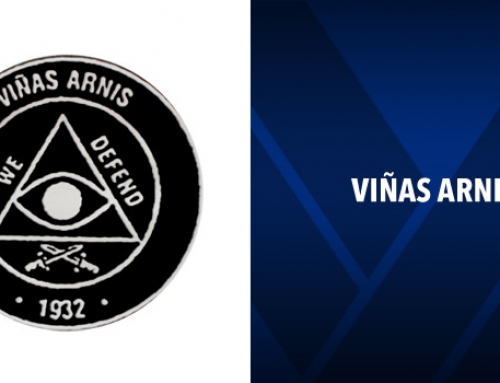
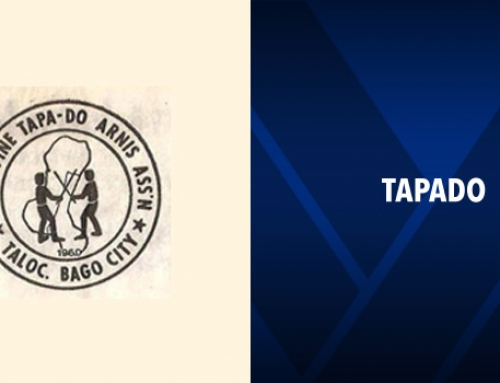


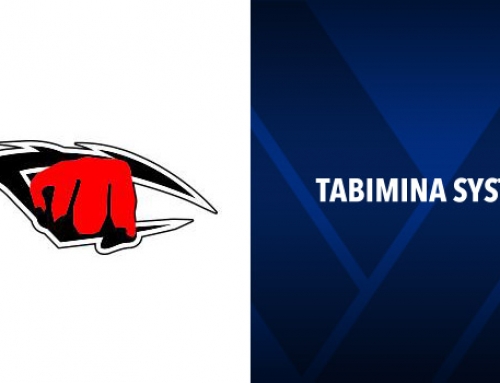


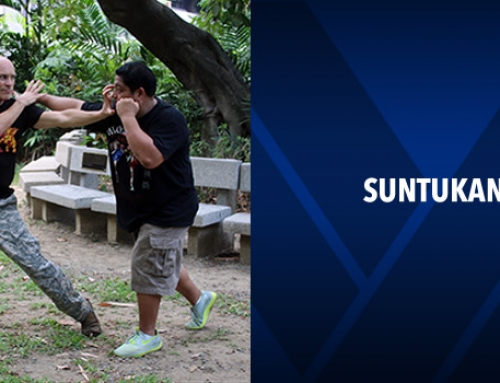
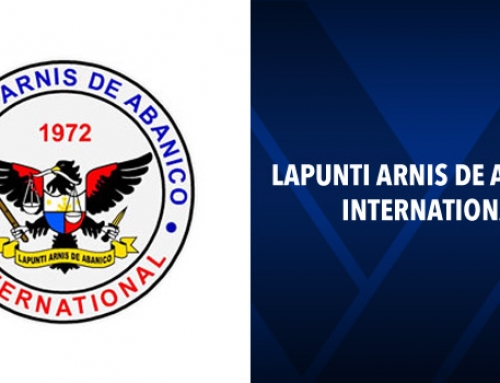
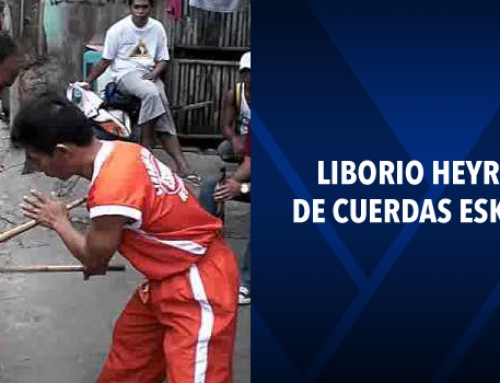

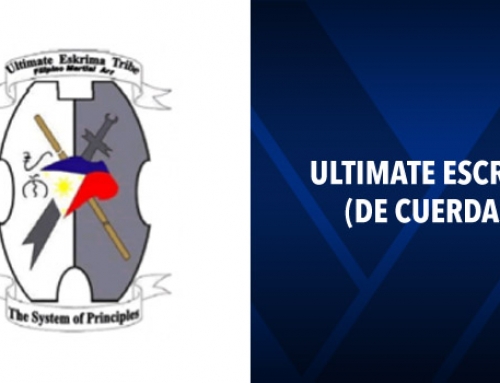
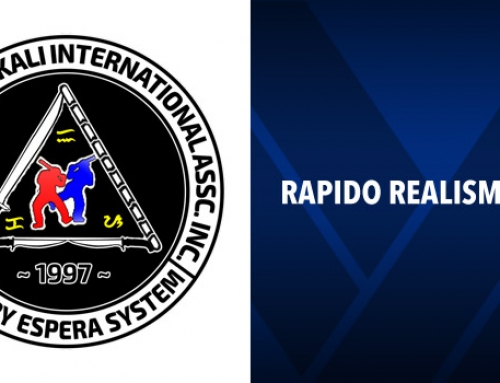
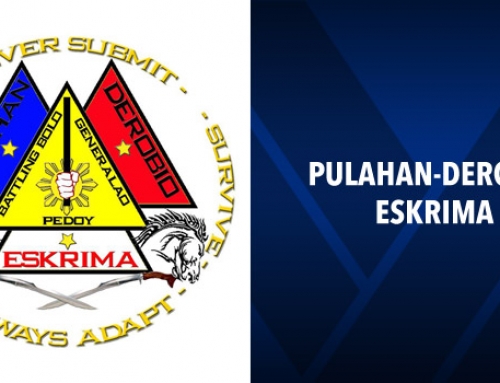

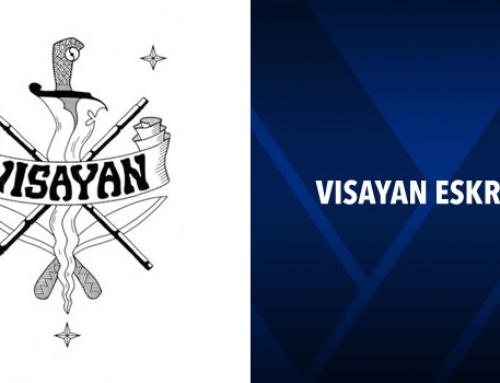


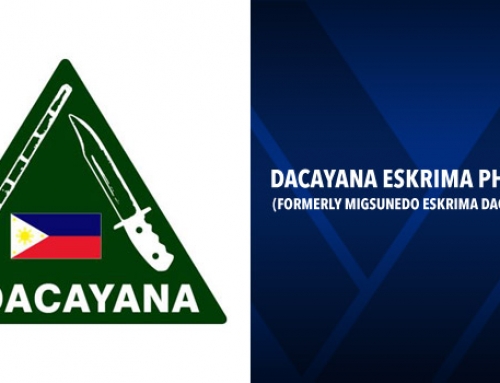
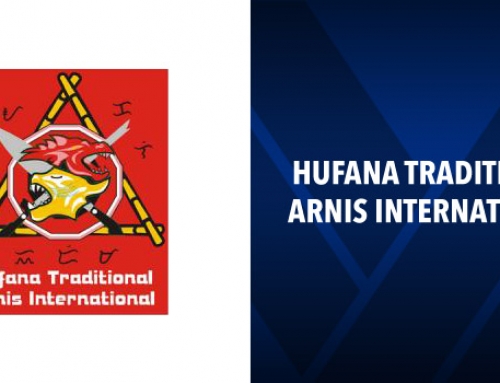
Leave A Comment
You must be logged in to post a comment.